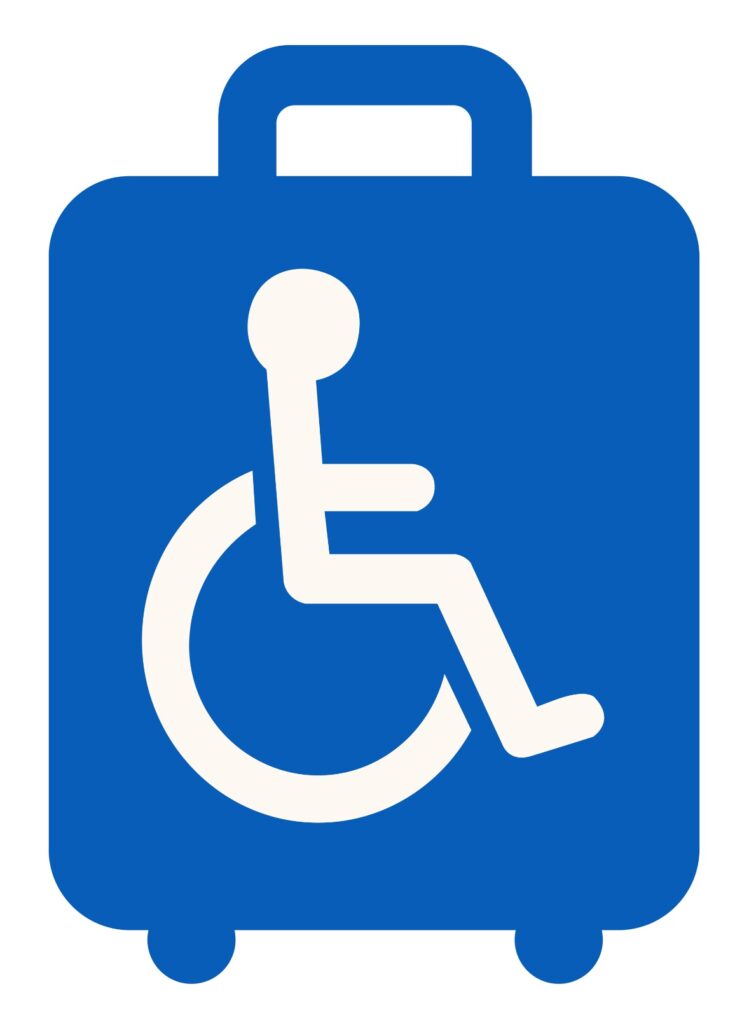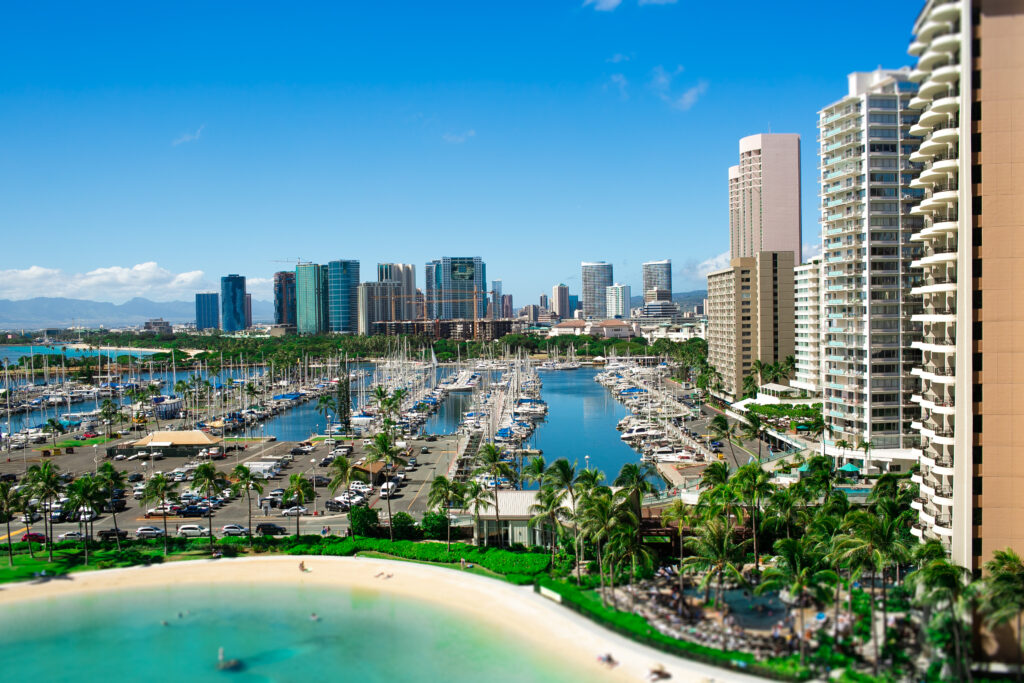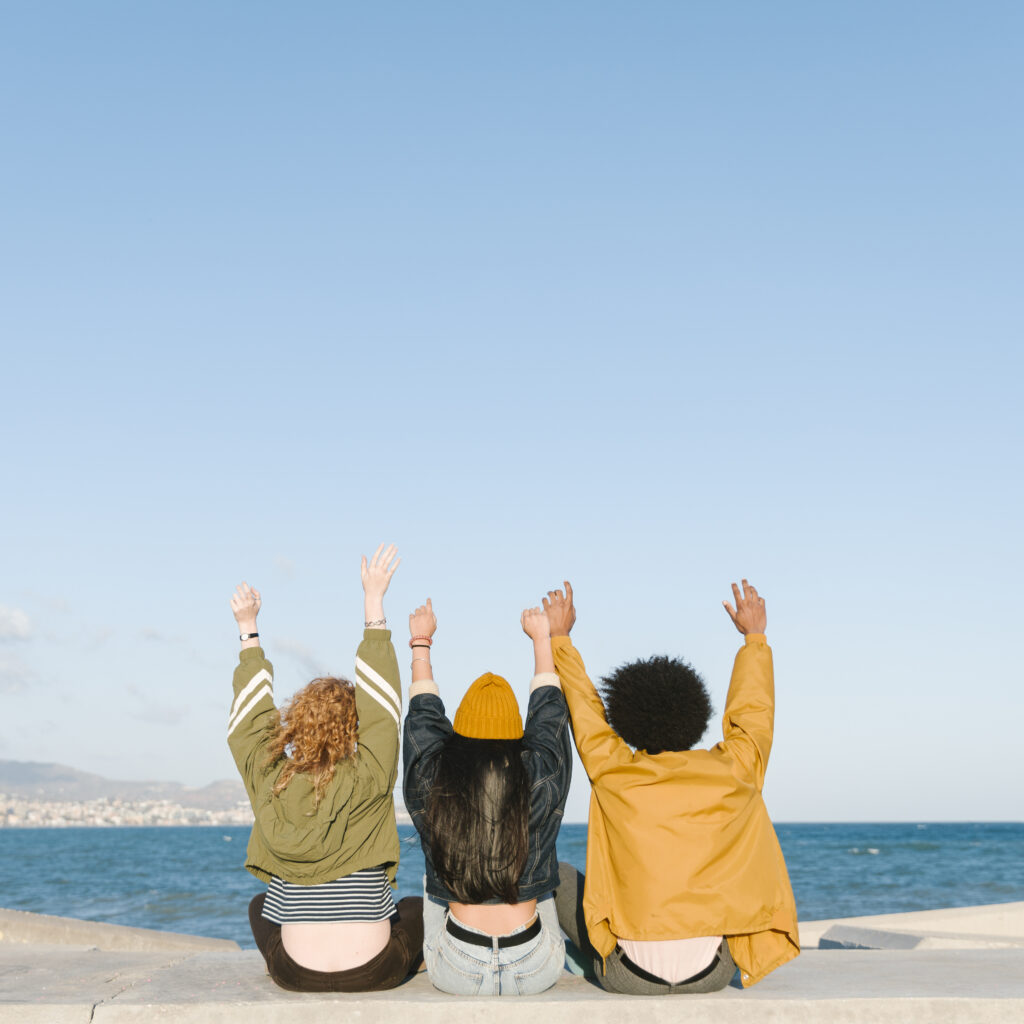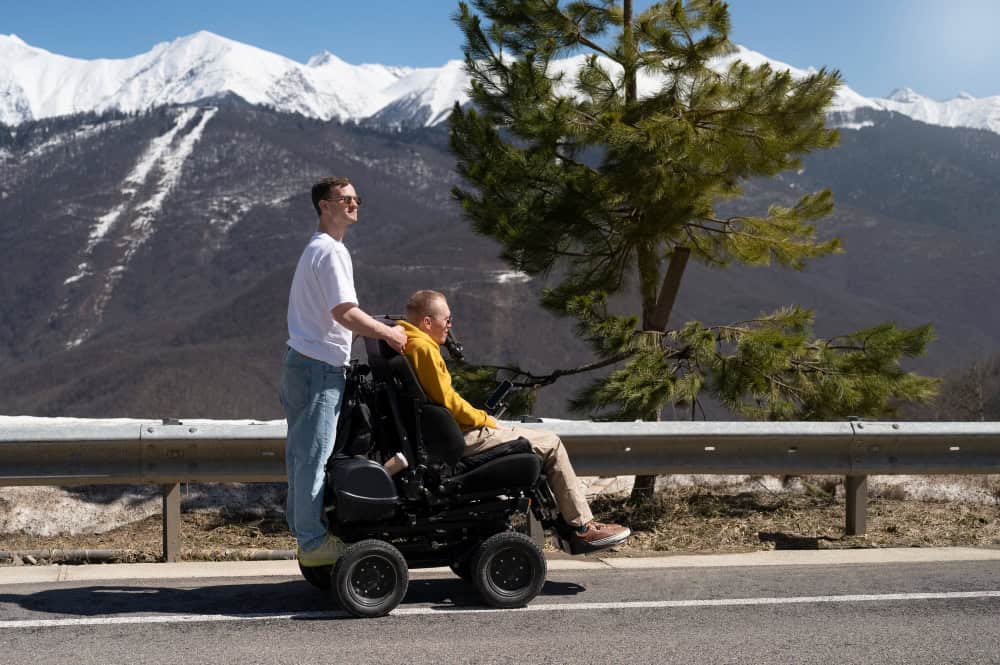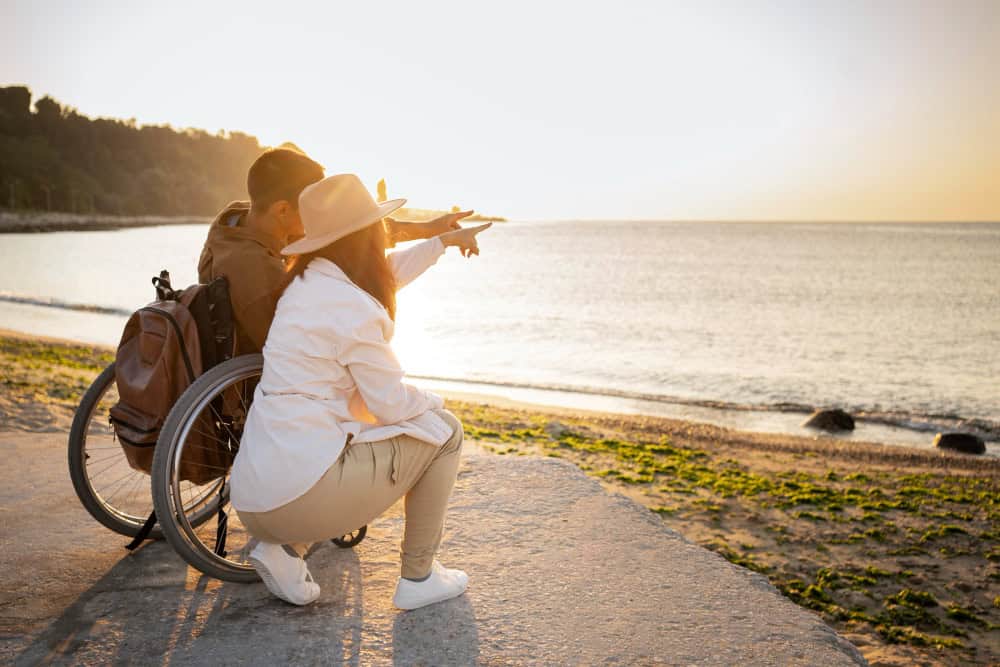Why You Need a Travel Agency for People with Disabilities
BlogPlanning a trip can be a lot of work at the best of times; comparing hotels, juggling itineraries, booking tickets. But if you or your loved one has a disability, there’s a whole extra layer of complexity: ensuring accessibility, arranging support workers, dealing with NDIS paperwork, special equipment, contingency plans… It’s no wonder many people feel overwhelmed trying to do it all on their own. This is where a specialist travel agency for people with disabilities can be a game-changer. In this section, we’ll break down the benefits of using Comfy Travel that “gets it” – from NDIS know-how to peace of mind – so you can decide if it’s the right move for your next holiday. NDIS Fluency – Funding, Quotes, and Documentation Done Right NDIS plans have their quirks and rules, and not every mainstream travel agent understands them. A specialist agency lives and breathes NDIS nuances. Here’s why that matters: Maximizing your funding: We know what the NDIS will and won’t pay for on a trip. As discussed earlier, there’s a fine line between what counts as a support versus a personal expense. A knowledgeable agency ensures the holiday itinerary is aligned with your NDIS goals and that all supports are justifiable. We can phrase things in line with NDIS language; for example, highlighting how a trip provides “Capacity Building through community participation” which can be important for approvals. Itemized, NDIS-friendly quotes: We provide quotes that clearly separate NDIS-claimable supports and your own costs, following the pricing guidelines. This not only helps you budget, but also ensures any plan manager or auditor can see that funds were used correctly. It prevents issues down the line. We’ve heard horror stories of generic tour operators lumping everything together and calling it “STA”, which could be considered improper use of funds. We don’t do that – transparency is key. Service agreements and paperwork: An agency like us will generate service agreements for the supports, risk assessments, emergency plans, and any other documentation that might be needed for your support coordinator or the NDIA. For example, if you need approval for STA, we’ll draft a letter outlining how the trip meets respite/skill goals. We basically speak the NDIS administrative language, so you don’t have to learn it all yourself. Liaising with your support network: We can coordinate with your support coordinator or plan manager to handle the logistics of payments and reporting. If a plan manager needs an invoice in a specific format, we’ve got it covered. If a support coordinator wants to join a pre-trip meeting to go over supports, we’ll include them. This teamwork approach means you get a holiday that’s not only fun but also ticks all the boxes for your providers. In short, using a specialist agency ensures your holiday is NDIS-compliant and optimized, so you’re not leaving any funding on the table or risking any misuse. You get to relax, knowing the financial side is handled. Verified Accessibility – No Guesswork, No Unpleasant Surprises One of the biggest perks of a disability-focused travel agency is the depth of knowledge about accessible venues and services. We don’t rely on generic descriptions; we verify: Accommodation checks: As described in the previous section’s checklist, we delve into the nitty-gritty of each property. Door widths, bed heights, bathroom layout – we get that info ahead of time. When you arrive, you shouldn’t find, say, three stairs up to the “accessible” cabin (yes, that happened to someone who booked with a general travel agent!). We physically inspect or demand photographic proof of accessibility features for new locations. Essentially, we do an accessibility audit so you don’t find yourself stuck. Equipment arrangement: Need a hoist, commode, electric scooter, oxygen tank, or even just a shower chair? We sort it out. We have a network of equipment hire providers around the country. If you tried to do this alone, you’d spend hours finding who rents a beach wheelchair in Cairns or a portable ramp in Melbourne. We already have those contacts. And we make sure the equipment is delivered on time and is compatible with your accommodation (what good is a hoist if the bed is non-adjustable and on the floor, for example? We check those things together). Transportation accessibility: We ensure any vehicle or transport mode on your itinerary can accommodate you. Whether it’s booking wheelchair spaces on the Spirit of Tasmania ferry, arranging a ramp for boarding a whale-watching cruise, or simply getting an accessible taxi at 5 am to catch a flight – we handle it. If a certain route isn’t accessible (e.g., a train station with no lift), we’ll adjust the plan. Because we’ve done this so often, we can anticipate issues and navigate around them. Realistic itineraries: We understand that traveling with a disability might mean a slower pace or specific routines. We plan accordingly, building in buffer time and rest, and choosing attractions wisely. A generic tour might cram in five activities in a day; we might do two quality ones with breaks, knowing that energy and comfort are paramount. Quality over quantity, tailored to you. Backup plans: Here’s something a lot of people don’t consider: what if something accessible breaks down? For example, the accessible lift at a tourist attraction stops working. We usually have alternatives ready – maybe a different attraction, or we call ahead to get it fixed if possible. If a support worker falls ill last-minute (rare, but life happens), we have a pool of trained staff to substitute. This level of risk management is our norm. When you DIY, it’s hard to have that kind of safety net. In summary, a specialist agency removes the “I hope this works out” factor. You get what we promise – an accessible, enjoyable experience – because we’ve double-checked everything. And if something still goes awry, we’re there to fix it. The Right Support Ratio and Qualified Staff Every Time Traveling with the right support can make all the difference between a stressful trip and a smooth one. But figuring out how many support workers you need, or finding those workers in a destination, can be daunting on your own: Expert assessment of
